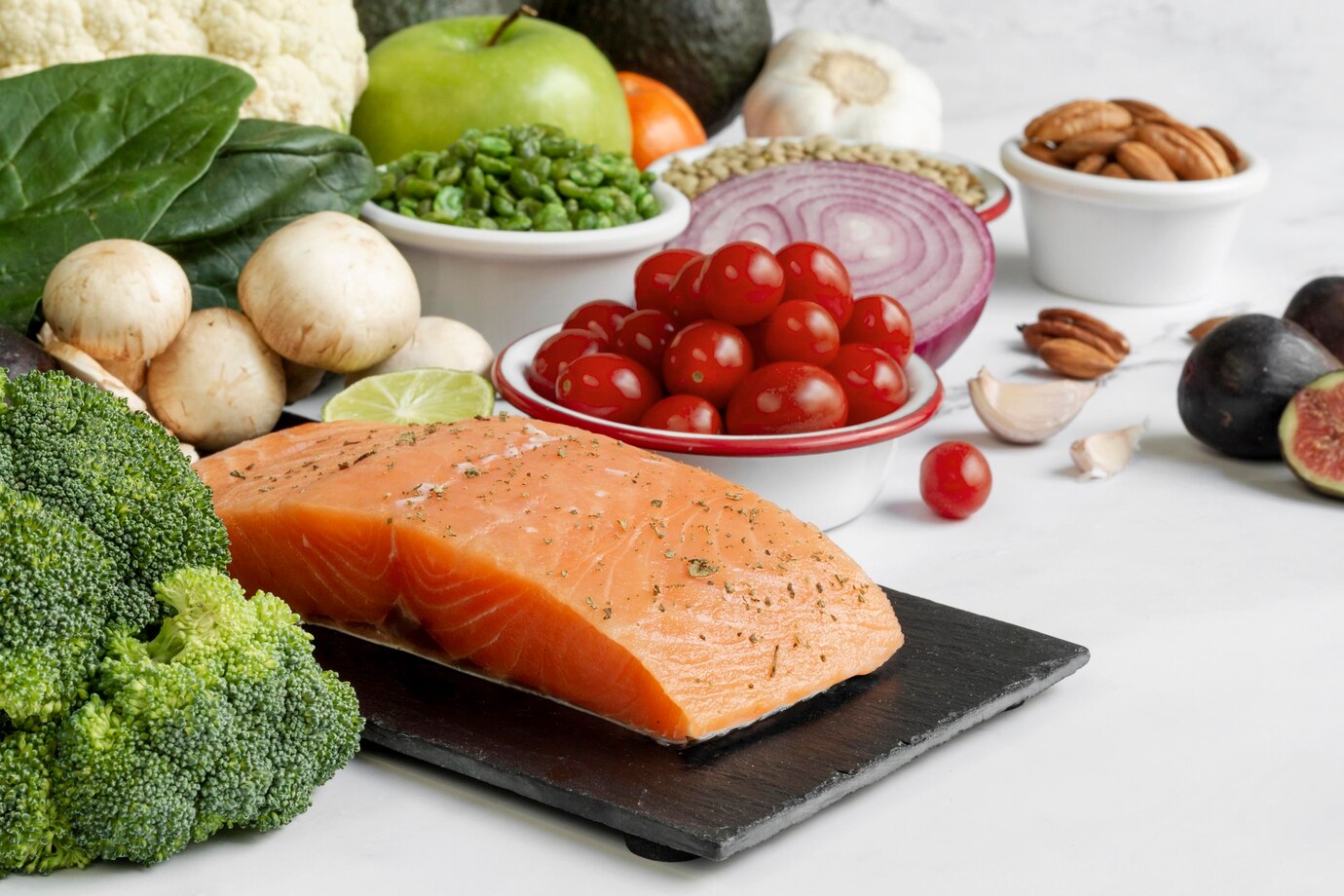
The Best Anti-Inflammatory Foods for a Healthier Life
Recently, an anti-inflammatory diet has been popularized among the health-conscious and nutritionists alike. A great deal of health conditions are caused by chronic inflammation. Among these are heart disease, arthritis, and some cancers. What many people don’t recognize is that diet can fight inflammation and contribute to overall health.
This is a guide to anti-inflammatory foods. We’ll dive into their benefits and how to quickly incorporate them into your diet. By understanding the power of these foods, you can make informed choices that contribute to a healthier, more vibrant life.
Key Benefits / Why It Matters

Inflammation affects the body in many ways. That’s why knowing about it helps us see why an anti-inflammatory diet matters. Inflammation is the body’s natural response to injury or infection, serving as a protective mechanism. However, when inflammation becomes chronic, it can lead to a host of health problems. An anti-inflammatory diet helps reduce inflammation naturally. It also supports overall health.
Reduces the Risk of Chronic Diseases
One of the primary benefits of adopting an anti-inflammatory diet is its potential to reduce the risk of chronic diseases. Inflammation is a major factor in many health problems. Studies link it to cardiovascular disease, diabetes, and autoimmune disorders. Adding anti-inflammatory foods to your diet can lower these risks. This choice supports your long-term health.
Boosts Immune Function
An anti-inflammatory diet is full of vitamins, minerals, and antioxidants. These nutrients help boost your immune system. A stronger immune system can help your body fight off infections more effectively and recover from illnesses faster.
Supports Mental Health
Inflammation is not just a physical issue; it can also impact mental health. Research has linked chronic inflammation to mood disorders such as depression and anxiety. An anti-inflammatory diet can boost your mood, sharpen your focus, and improve your brain function.
Improves Digestive Health
The gut is key in controlling inflammation. An anti-inflammatory diet helps gut health by promoting a balanced microbiome. Fibre-rich foods, fermented products, and plant-based nutrients contribute to a healthier digestive system.
Aids in Weight Management
Inflammation is often associated with obesity and metabolic disorders. Many anti-inflammatory foods support a healthy metabolism and help maintain a healthy weight. These foods are leafy greens, nuts, and fatty fish.
Step-by-Step Guide to Incorporating Anti-Inflammatory Foods
Transitioning to an anti-inflammatory diet may seem daunting at first, but with a few simple steps, you can make it a seamless part of your lifestyle. Below, we outline a step-by-step guide to help you get started.
Step 1: Identify Foods That Fight Inflammation
Start by learning about foods that have anti-inflammatory benefits. These include:
- Fruits and Vegetables: Berries, leafy greens, tomatoes, and citrus fruits are high in antioxidants. These compounds help fight inflammation.
- Whole Grains: Oats, brown rice, and quinoa are excellent sources of fibre, which can help reduce inflammation.
- Healthy Fats: Foods such as avocados, nuts, and seeds give us essential fatty acids. These fats help support anti-inflammatory processes.
- Fish: Fatty fish like salmon, mackerel, and sardines are rich in omega-3 fatty acids. These acids are known for their anti-inflammatory benefits.
- Herbs and Spices: Turmeric, ginger, and garlic are strong anti-inflammatory agents. They can boost the flavour and health benefits of your meals.
Step 2: Plan Your Meals Around Anti-Inflammatory Foods
Once you have a list of anti-inflammatory foods, the next step is to plan your meals around them. Start by incorporating at least one or two of these foods into each meal. You can add berries to your morning porridge. For lunch, have a salad with leafy greens and tomatoes. Then, enjoy grilled salmon with quinoa for dinner.
Step 3: Make Gradual Changes
Adopting a new diet doesn’t have to happen overnight. Begin by making small, sustainable changes to your eating habits. Gradually replace processed foods with whole, nutrient-dense options. Soon, these changes will feel natural. You’ll probably see boosts in your health and energy.
Step 4: Stay Hydrated
Hydration is an often-overlooked aspect of an anti-inflammatory diet. Drinking plenty of water helps flush out toxins and supports optimal bodily functions. Herbal teas, such as green tea and chamomile, can also offer additional anti-inflammatory benefits.
Additional Expert Tips & Common Mistakes to Avoid

While embracing an anti-inflammatory diet is a positive step towards better health, there are some common pitfalls to be aware of. Here are a few expert tips and mistakes to avoid:
- Tip: Focus on variety. Eating a wide range of anti-inflammatory foods ensures you get a diverse array of nutrients.
- Mistake: Relying solely on supplements. While supplements can be beneficial, they should not replace whole foods in your diet.
- Tip: Pay attention to portion sizes. Even healthy foods can contribute to weight gain if consumed in excess.
- Mistake: Ignoring other lifestyle factors. Diet is just one piece of the puzzle. Regular exercise, stress management, and adequate sleep are also crucial for reducing inflammation.
Advanced Insights / Expert Recommendations
If you want to explore anti-inflammatory diets more, check out these insights and tips:
- Fermented Foods: Adding foods like sauerkraut, kimchi, and kefir can improve gut health. Good gut health is important because it helps reduce inflammation.
- Mindful Eating: Practicing mindful eating lets you notice when you’re hungry or full. This helps stop overeating and improves digestion.
- Personalised Nutrition: Talk to a nutritionist or dietitian for advice that fits your health needs and goals.
Embrace the Power of Anti-Inflammatory Eating

A diet rich in anti-inflammatory foods can lead to a healthier, more balanced lifestyle. Learning the benefits of these foods makes you a better chooser. That can help decrease inflammation, lower your chances of chronic illness and improve your overall health.
And as you start this process, keep in mind that little, steady adjustments can create monumental changes over time. Use a few anti-inflammatory foods in your meals to begin with, and add on as you go. Your body will thank you for it.
Are you ready to take control of your health through the power of nutrition? Begin your anti-inflammatory journey. Experience the transformative benefits of a healthier lifestyle.